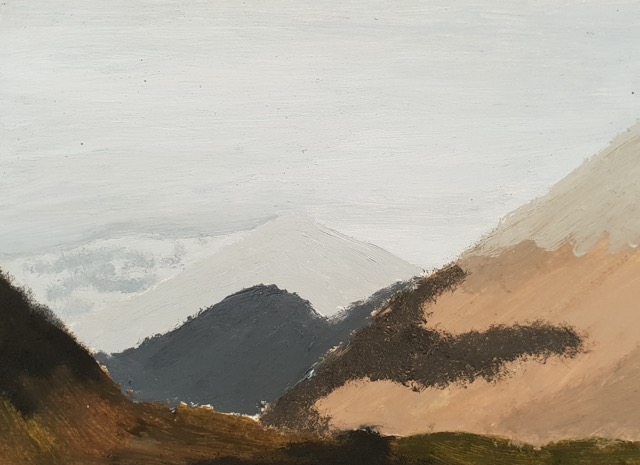About Daniel
Daniel Crawshaw is a painter with a passion for exploring remote places. His work draws on immersive experiences , photography and memory.
Daniel grew up in the Welsh borders and now lives in London. He returns regularly to Wales, gathering material for his distinctive paintings. He has exhibited widely in Wales, winning awards at the National Eisteddfod, BEEP painting biennial and Oriel Davies Open. His work has been showcased at The Sidney Nolan trust and Oriel Myddin, Carmarthen and with commercial galleries including Martin Tinney, Cardiff, Bo.Lee, London and Beaux Arts, Bath. Selected exhibitions include the Jerwood Drawing Prize, Wales Contemporary and ING Discerning Eye.
Daniel has worked in the Alps, Pyrenees and Canada and undertaken residencies with the Snowdonia National Park and The Alpine National Park in Australia, leading to the show ‘High Country Gothic’. A series of paintings reside in the Gippsland Art Gallery, Victoria.
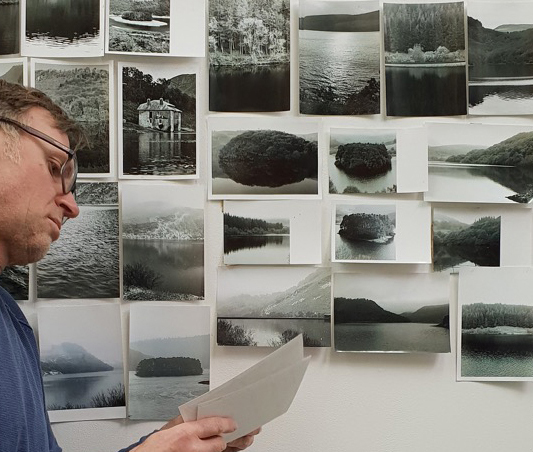
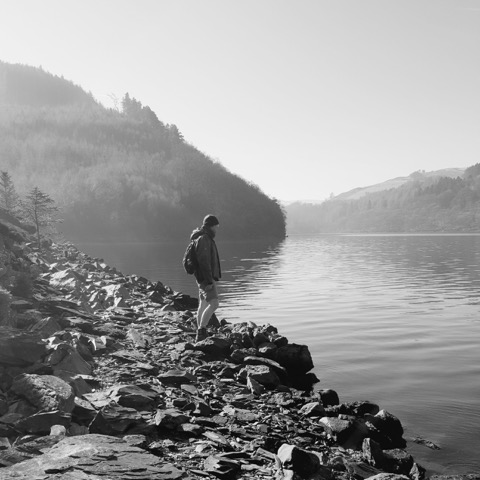
The Elan residency offered Daniel an opportunity to reconnect with an overlooked local area and share his practice within the community. In residence during 2019, Daniel spread his weeks on site from winter to summer, painting in his London studio in the interim.
Daniel initiated workshops with schools and CARAD, designed to explore landscape themes, and give insight into the professional practice of an artist. Students experienced working in oil, many for the first time, and had the opportunity to consider their own particular environment through drawing on site.
A further development for Daniel was the discovery of a personal connection to Birmingham and the unravelling of a family story of bereavement and upheaval that began in the wartime bombing of 1940.
Daniel spent time on the site walking and photographing, exploring the limits of the catchment. This was of core value, logging the incidental passing of days and finding ordinary views; combinations of land ,water, skies, woodlands. Surrounded by the domestic activities of maintenance workers, tourists, day trippers, commuters.
Ghost Notes
Stories hidden behind the valley’s everyday veneer became an interest for Daniel and he researched the theme of dispossession questioning what lay, literally, beneath the waters. Daniel found broad comparisons with other reservoir schemes – Tryweryn, near Bala flooded in the 1960s which met significant resistance. Further investigation revealed the graphic reality of bomb testing that lead to the Dambusters raid on the Mohne valley prompting ‘what if’ questions.
Immersion in a setting and subsequent recollection is an important dynamic for Daniel and in London his paintings took on a haunted quality.
Daniel produced a series of 30 small, monochrome ‘Ghost Notes’ derived from his photographs. The title, perhaps, suggesting a presence needing to be heard -the smallest of voices, the overlooked spirit. It is also a musical reference to a note with rhythmic value but no discernable pitch. Variations of the series have been exhibited at venues including: Borderlands at the Sidney Nolan Trust, Bluecoat Gallery Liverpool, Martin Tinney Gallery Cardiff, Cardiff Made and Watershed at MAC in Birmingham.
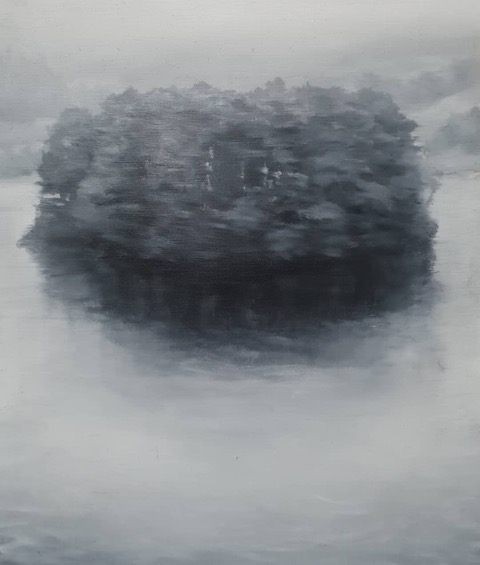
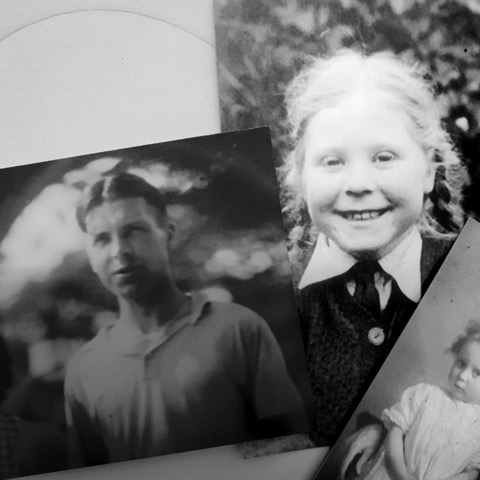
Daniel was intrigued by Elan’s tenuous link to Birmingham and delved into his own overlooked history. He found the factory site where his grandfather died in 1940. Eric Victor Curry worked as a pattern cutter making industrial machine tools at Archdales in Ladywood. On the night of 26th October the factory was hit in a bombing raid. Daniel’s mother was evacuated to Herefordshire and subsequently settled in Radnorshire where Daniel grew up. Eric’s name was never mentioned.
Working with Llanidloes and Builth schools Daniel facilitated sessions encouraging children and adults to engage with their own locality and learn new creative skills.
Daniel introduced years 7, 10 & 11 students to landscape painting and enabled them to work in oil, mostly for their first time. Students used primed panels, limited tubes and took source images from Daniel’s collection. As a group, conversations developed about local history and the reservoirs, children shared their own anecdotes – “Grandad’s tractors in Lake Vernwy”
The painting brief- Use black, white and one colour, find transitions in tone and colour and challenge the boundaries of elements. Where do land and sky merge? How does water repeat, extend or cut off the land? How can we move through shapes and surfaces?
An adult workshop at CARAD took the same structure. The works forming a cross generational collection reflecting the same format, medium and subject matter.
Drawing on site enabled the children to connect directly with the Elan landscape and simultaneously prompted imaginings as group ideas and imagery circulated. Sketches included: Landscapes of tranquility and order- houses, fields, livestock and woodlands. The graphic reality of inundation – floating habitations, an abandoned church. And a mythical creature combining a dragon and a fish.
At CARAD students drew the small, everyday objects they valued and would be sad to loose. Bracelets, teddybears, goalkeeping gloves. There were interpretations of mobile phones – rendered complete with cracks, scratches time and date.
Instagram @daniel.crawshaw1
www.beauxartsbath.co.uk/artists-daniel-crawshaw/
